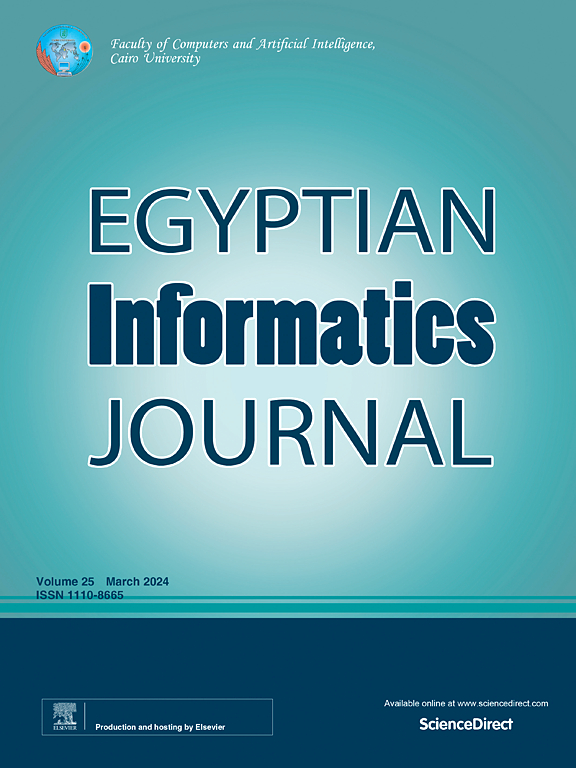采用非局部图卷积神经网络实现SQL注入检测的轻量化模型
IF 4.3
3区 计算机科学
Q1 COMPUTER SCIENCE, ARTIFICIAL INTELLIGENCE
引用次数: 0
摘要
SQL注入会导致未经授权的访问和数据泄露,对web应用程序和数据库构成严重威胁。为了解决这个问题,我们提出了一个独特的图网络,这是一个以前没有探索过的用于SQL注入检测的创新拓扑。SQL语句是节点,它们的连接形成图中的边。我们引入了三种图CNN模型,包括一种具有两层图卷积网络(GCN)的图分类模型,一种利用由1x1卷积衍生而来的非局部图卷积来取代原始1x1卷积的图分类模型,以及一种通过用GCN替换非局部架构中的1x1卷积层来改进的非局部块模块。所提出的模型在两个数据集上的准确率超过99%,推理时间低于1 ms。与传统的22模型相比,我们使用GCN的模型显示出卓越的计算效率、参数减少、准确性增强以及处理任何长度的输入序列的优势,强调了它们在现实世界网络安全系统中的潜力,特别是在有效的SQL注入检测和缓解策略方面。本文章由计算机程序翻译,如有差异,请以英文原文为准。
Towards lightweight model using non-local-based graph convolution neural network for SQL injection detection
SQL injection poses serious threats to web applications and databases by enabling unauthorized access and data leakage. To address this issue, we propose a unique graph network, an innovative topology not explored previously for SQL injection detection. SQL statements are nodes, and their connections form edges in the graph. We introduce three graph CNN models, including a graph classification model with a two-layer Graph Convolutional Network (GCN), a graph classification model leveraging a non-local graph convolution derived from a 1x1 convolution, supplanting the original 1x1 convolution, and a modified non-local-block module by substituting the 1x1 convolution layers in the non-local architecture with GCN. The proposed models exhibit accuracy above 99% and inference times under 1 ms on two datasets. In comparison with traditional 22 models, our models using GCN demonstrate superior computation efficiency, parameter reduction, accuracy enhancement, and the advantage of handling input sequences of any length, underlining their potential in real-world cybersecurity systems, especially in effective SQL injection detection and mitigation strategies.
求助全文
通过发布文献求助,成功后即可免费获取论文全文。
去求助
来源期刊

Egyptian Informatics Journal
Decision Sciences-Management Science and Operations Research
CiteScore
11.10
自引率
1.90%
发文量
59
审稿时长
110 days
期刊介绍:
The Egyptian Informatics Journal is published by the Faculty of Computers and Artificial Intelligence, Cairo University. This Journal provides a forum for the state-of-the-art research and development in the fields of computing, including computer sciences, information technologies, information systems, operations research and decision support. Innovative and not-previously-published work in subjects covered by the Journal is encouraged to be submitted, whether from academic, research or commercial sources.
 求助内容:
求助内容: 应助结果提醒方式:
应助结果提醒方式:


